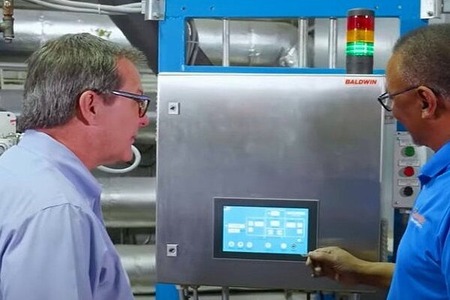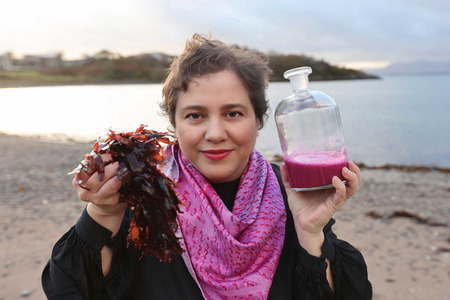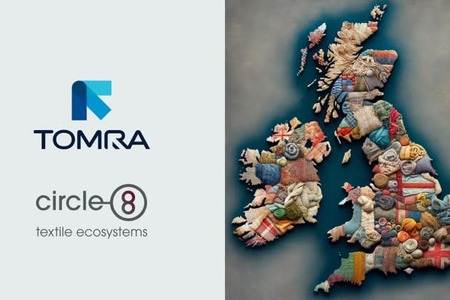
SGS assist manufacturers ingress the UV protective clothing markets
YarnsandFibers News Bureau 2019-11-20 07:32:46 – SwitzerlandThe dangers of excessive exposure to the sun are being recognised by more and more people around the world, giving rise to a strong global market for ultraviolet (UV) protection garments. No longer restricted to baby clothes and children’s swimwear, this market now covers functional and fashionable adult-wear, says SGS Softlines Services.
SGS has a worldwide network of over 40 state-of-the-art laboratories specialising in softline testing. Their team is drawn from multi-disciplinary backgrounds, allowing them to carry out a comprehensive range of physical, chemical and functional testing services for components, materials and finished products. SGS helps companies ensure quality, performance and compliance with international, industrial and regulatory standards worldwide. Learn more about SGS’s Softlines Services, and UV Protection Testing.
“UV radiation is responsible for 90% of human skin cancers,” the company reports. “It is part of the electromagnetic (light) spectrum that comes from the sun and has a wavelength of between 10 nm and 400 nm, shorter than visible light and longer than X-rays. Protection this form of skin cancer requires reduced exposure to UV radiation between 10am and 4pm, when it is at its strongest, and the use of adequate protection. This can mean sunscreens, sunglasses and UV protective apparel.”
UV protective clothing offers the wearer considerable protection against the harmful effects of the sun. The UV radiation will, however, also degrade the textiles by initiating a chemical reaction in the clothing’s polymers. This will result in the fibres breaking down, making them lose their physical and chemical properties.
Standards
The amount and type of damage caused by UV radiation depends on the nature of the fibres or filaments from which the textile is made. For example, the penetration of UV radiation in nylon will result in a decrease in elasticity and tensile strength. Exposure will also lead to loss of colour, strength, and resilience to both wet and dry conditions.
To ensure that advertised UV protection is adhered to, different territories operate different testing standards, including:
USA - AATCC 183
China - GB/T 18830
Australia and New Zealand - AS/NZS 4399
Manufacturers and retailers operating the European Union (EU), must test products against EN 13758-1 Textiles. Solar UV protective properties. Method of test for apparel fabrics. There is an Ultraviolet Protective Factor (UPF) of 40+ as the minimum performance standard and a maximum of 5% Ultraviolet A (UVA) transmission for claims of UV protection, as required by EN 13758-2 Textiles. Solar UV protective properties. Classification and marking of apparel. There is an understanding that this will fulfil the essential health and safety requirements for clothing to absorb and reflect most harmful rays.
EN 13758-2 also requires the manufacturer or retailer to provide the consumer with information on the limitations of the product. For example:
Sun exposure causes skin damage
Only covered areas are protected
The protection offered by this item may be reduced with use or if stretched or wet
Effects of repeat laundering
Manufacturers also need to consider the effects of repeat laundering, when making UV protection claims. Products need to be measured for UPF performance after multiple wash cycles, which allow the reduction in performance to be gauged and passed on to the consumer.
CE Mark
Since 21 April 2019, the EU has also classed clothing that makes claims about protecting the wearer’s skin from the sun as personal protective equipment (PPE). They therefore need to be CE Marked but stakeholders should recognise that EN13758-1 is not currently a harmonised standard.
Under PPE Regulation (EU) 2016/425, published in March 2016, Annex II states: “PPE designed to protect the skin against non-ionizing radiation must be capable of absorbing or reflecting the majority of the energy radiated in harmful wavelengths”.
The regulation’s guidelines, section 16.6, also note, “skin protection against natural UV radiation - All garments, including partial or whole-body clothing, caps and helmets, gloves, and shoes, designed and manufactured to have specific UV-protective properties against natural UV radiation” are considered PPE Category I. Therefore, if your garment is “designed and manufactured to have specific UV-protective properties against natural UV radiation”, PPE regulations apply to it.
To label a product with the CE Mark, the producer must follow the procedures under the PPE regulations and create a Technical File containing all pertinent data, which should then be kept for a period of ten years. Businesses operating in the UK should also be aware that sun hats with a UPF claim will need to use national standard BS 8466.
Courtesy: Innovation In Textiles
Market Intelligence
Ask for free sample Report

experience
Customer Base
dedicated team
Countries Served Worldwide









